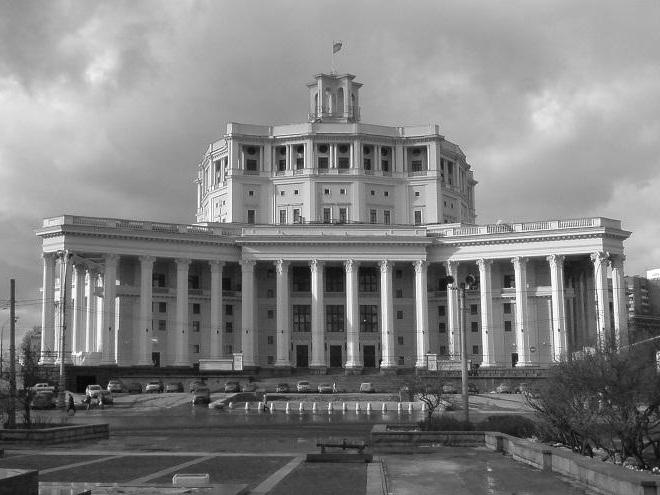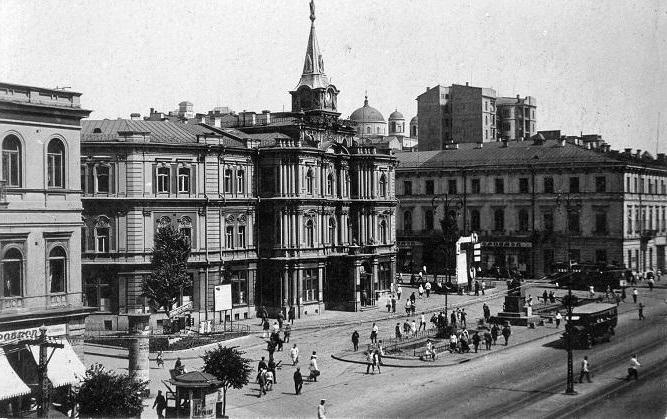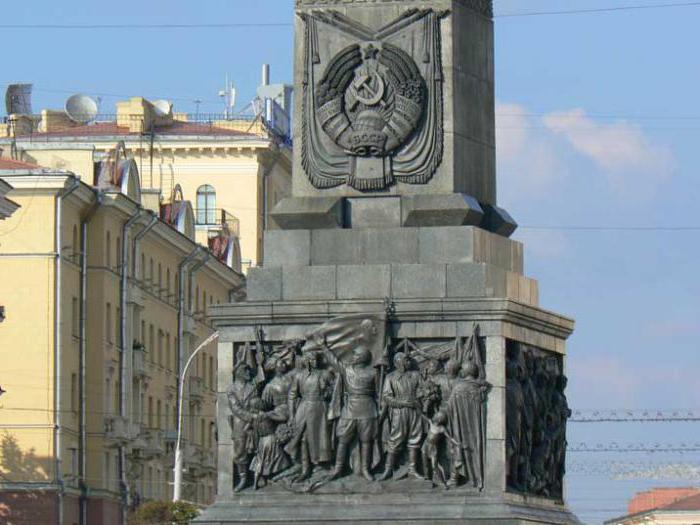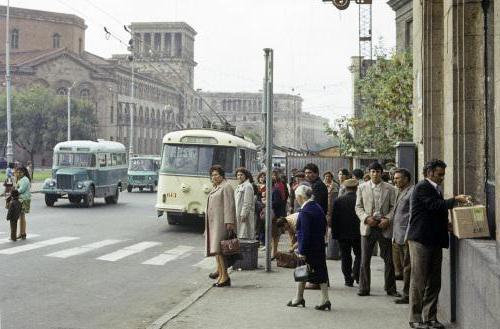During the existence of the Soviet Union, its borders have changed significantly several times. 15 republics of the USSR did not appear immediately, but at the time of the collapse of the country there were just so many of them.
RSFSR
The Soviet Union was formed on December 30, 1922. Then 15 republics of the USSR did not exist yet. The agreement on the formation of a new country was signed between four states - the RSFSR, the Ukrainian SSR, the Belorussian SSR and the Transcaucasian SSR.
The Russian Soviet Federative Socialist Republic from the very beginning was the center of a new country. It was proclaimed on November 7, 1917, during the October Revolution in Petrograd. A few months later, the All-Russian Central Executive Committee adopted a declaration, which emphasized that the republic is a free association of national entities. This confirmed the federal nature of the state, which replaced the unitary one that existed during tsarist rule.
On March 12, 1918, the Bolsheviks moved the capital of the RSFSR from Petrograd to Moscow. Moreover, later it became the main city of the entire Soviet Union. Of the 15 republics of the USSR, the RSFSR was the largest in terms of territory and population.

Ukraine
The Ukrainian Soviet Socialist Republic was formally independent until 1922. It was the second region of the USSR in economic importance. The industrial production of Ukraine was four times higher than the indicators of the next most important republic. Fertile chernozem soils were located here, thanks to which the Ukrainian SSR was the breadbasket of the entire vast state.
Until 1934, the capital of Ukraine was Kharkov, after which it was finally transferred to Kiev. 15 republics of the USSR often changed borders, but the Ukrainian SSR did this more than the rest. During the administrative reforms of the 1920s. The RSFSR handed over to the western neighbor Donetsk and Lugansk regions. After the war, Crimea was included in Ukraine. On the eve of World War II, the Soviet Union annexed several areas that previously belonged to Poland. Some of them passed to Ukraine.

Belarus
Belarus was one of the 15 republics of the USSR. List allied states according to the 1977 Constitution, put it in third place. Belarus increased approximately twice, after in 1939 the western regions torn away from Poland were annexed to it. Modern borders were established after the Great Patriotic War. The capital of the republic was Minsk.
Interestingly, until 1936 in Belarus, the official languages were not only Belarusian and Russian, but also Polish and Yiddish. It was connected with the heritage of the empire. Before the revolution in Russia, there was a sedentary line for Jews, due to which a huge number of Jews could not settle too close in Moscow or St. Petersburg.
Belarus was one of the founders of the USSR. Therefore, when the Bialowieza Agreements were signed in 1991, the politicians of this republic played a crucial role in abandoning the Soviet state system.

Transcaucasia
Which states are not yet mentioned from the 15 republics of the USSR? The list cannot do without mentioning the countries of Transcaucasia. Borders in this region have changed repeatedly. After the revolution and civil war, for some time the only Transcaucasian SFSR existed. In 1936, it was finally divided:
- to the Georgian SSR (with the capital Tbilisi),
- Armenian SSR (with capital in Yerevan),
- Azerbaijan SSR (with its capital in Baku).
After the collapse of the Soviet Union, national and confessional contradictions flared up here again. The Armenian SSR was the smallest in size among all the republics of the USSR.

middle Asia
For several years, the Soviet government had to return the territories previously owned by the Russian Empire. The hardest thing to do was in distant regions. In Central Asia, the process of creating Soviet statehood dragged on until the mid-1920s. Here, the Communists resisted the national Basmach detachments.
And only with the advent of peace in the region did all the preconditions for the emergence of the next states from among the 15 republics that are part of the USSR develop. Thus were formed:
- Uzbek SSR (capital - Tashkent),
- Kazakh SSR (capital - Alma-Ata),
- Kyrgyz SSR (capital - Frunze),
- Tajik SSR (capital - Dushanbe),
- Turkmen SSR (capital - Ashgabat).

The Baltic states
This region was annexed to the Russian Empire in the 18th century. When the October Revolution took place, the Baltic peoples opposed the Communists. They were supported by whites, as well as some European countries. Since the economy of Soviet Russia was in the most deplorable state, the country's leadership decided to stop the war and recognize the independence of these three countries (Estonia, Latvia and Lithuania).
Independent republics lasted 20 years. When Hitler unleashed the Second World War, he enlisted the support of the USSR, dividing Eastern Europe with Stalin into spheres of influence. The Baltic states were to go to the Bolsheviks.
On July 21, 1940, after ultimatums and the introduction of troops, new governments were formed that formally asked to include their countries in the Soviet Union. So there were 3 of the 15 republics of the USSR. The list and their capitals are as follows:
- Lithuanian SSR (Vilnius),
- Latvian SSR (Riga),
- Estonian SSR (Tallinn).
The Baltic states were the first to announce their withdrawal from the Soviet Union during the "parade of sovereignty."

Moldova
Of the 15 former republics of the USSR, the Moldavian SSR was formed last. This happened on August 2, 1940. Before that, Moldova was part of the Kingdom of Romania. But this historical region (Bessarabia) formerly belonged to the Russian Empire. Moldova was annexed to Romania during the Civil War between the Reds and the Whites. Now, Stalin, having agreed with Hitler, could calmly return to the Soviet Union the territories to which he had once claimed.
Fifteen republics of the USSR and their capitals joined the Bolsheviks in various ways. This time, Stalin was ready to declare war on Romania. On the eve of the invasion, an ultimatum was sent to King Carol II. In the document, the Soviet leadership demanded that the monarch give Bessarabia and Northern Bukovina. Carol II took a few days, but a few hours before the expiration of this period he agreed to cede. The Red Army occupied the territory of Moldova in a few days. Formally Education Act The next Soviet republic was adopted on August 2, 1940 in Moscow, at the next session of the Supreme Soviet of the USSR.
Interestingly, in the 60s, a project was considered to create 16 union republics. It could become Bulgaria close to Moldova. Secretary General of the Communist Party of this country Todor Zhivkov proposed that Moscow accept the republic into the USSR. However, this project was never implemented.
